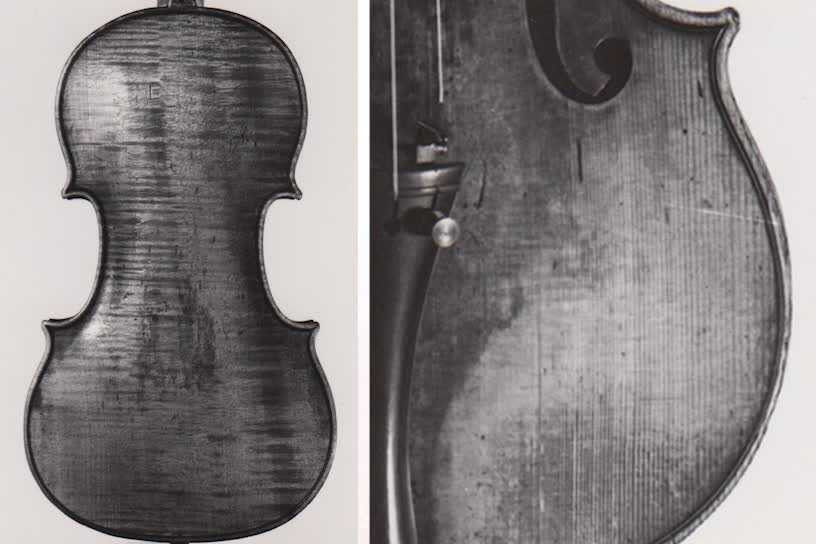
The violin by the famed Italian luthier was plundered at the end of World War II and presumed lost or destroyed. Now experts say they believe it has resurfaced.
As Germany devolved into chaos at the end of World War II, a rare violin from the famed shop of the Italian luthier Antonio Stradivari was plundered from a bank safe in Berlin.
The instrument, crafted in 1709 during the golden age of violin-making, had been deposited there years earlier by the Mendelssohn-Bohnke family as Nazi persecution put assets owned by Jews in jeopardy.
For decades after the war, the family searched to no avail for the violin, known as the Mendelssohn, placing ads in magazines and filing reports with the German authorities. The violin, valued at millions of dollars, was presumed lost or destroyed.

Now, the Mendelssohn may have resurfaced. An eagle-eyed cultural property scholar, Carla Shapreau, recently came across photos from a 2018 exhibition of Stradivarius instruments in Tokyo. She spotted a violin that bore striking similarities to the Mendelssohn, though it has a different name — Stella — and creation date — 1707 instead of 1709.
“My jaw dropped,” said Shapreau, a senior fellow with the Institute of European Studies at the University of California, Berkeley, who had been searching for the instrument for more than 15 years.
.scrolly-container {
–g-color-background: white;
z-index: 99;
background-color: var(–g-color-background);
}
[class*=”scrolly-image-“] {
object-fit: contain;
max-width: 600px;
left: 50%;
transform: translateX(-50%);
background-color: var(–g-color-background);
}
[class*=”scrolly-text-“] {
position: relative;
max-width: min(calc(100% – 40px), 600px);
margin-left: auto;
margin-right: auto;
font-weight: 100;
font-family: nyt-imperial,georgia,’times new roman’,times,serif;
font-size: 1.25rem;
box-sizing: border-box;
color: #333;
padding: 20px;
text-shadow: none;
}
[class*=”scrolly-text-“]:after {
content: “”;
display: block;
background-color: white;
width: 100%;
height: 100%;
position: absolute;
top: 0;
left: 0;
z-index: -1;
border-radius: 3px;
box-shadow: 0 0 1px #0000001f,0 2px 2px #0000001f;
}
[class*=”scrolly-text-“]:last-of-type:after {
height: calc(100% – 66vh + 20px);
}
[class*=”scrolly-text-“] strong {
background-color: #ffc61e;
padding: 0.2em 0.25em;
border-radius: 2px;
font-weight: bold;
font-family: ‘nyt-franklin’, arial, helvetica, sans-serif;
}
[id*=”scrolly-credit-“] {
color: black;
}
@media (min-width: 740px) {
[class*=”scrolly-image-“] {
box-sizing: border-box;
object-fit: contain;
padding: 20px;
}
}



![[GOOD PRESS] ON[GOOD PRESS] ON](https://georgemagazine.com/wp-content/uploads/2024/08/16389056566437433941_2048-300x300.jpeg)